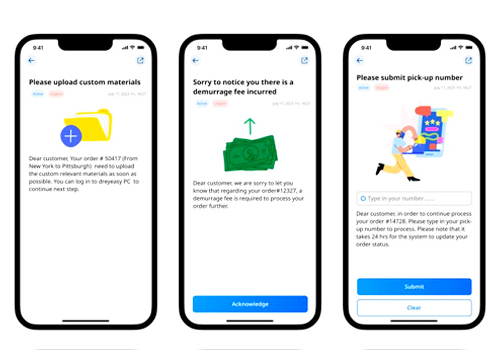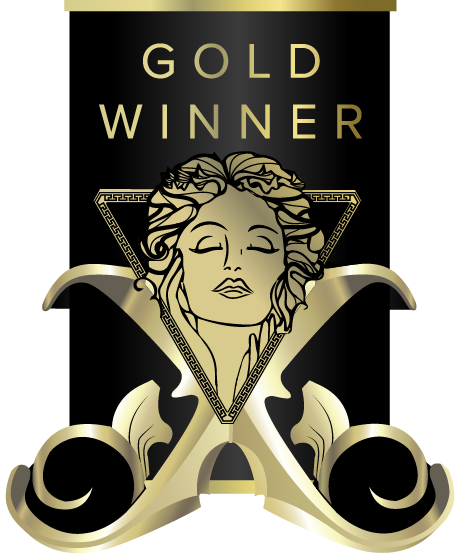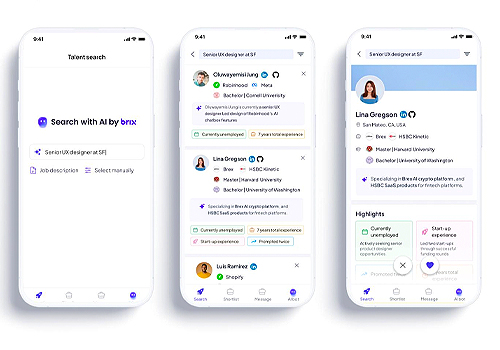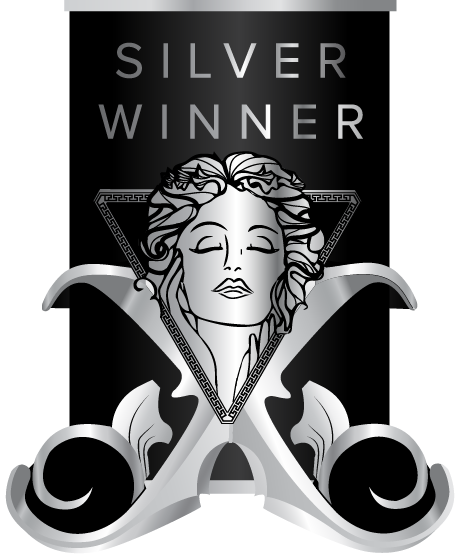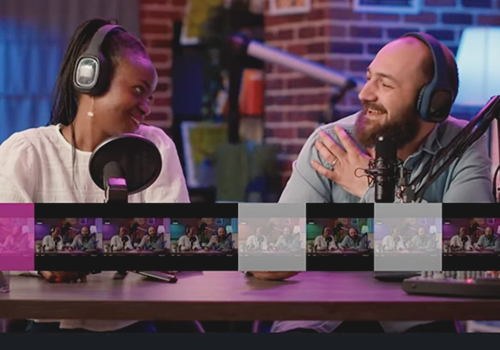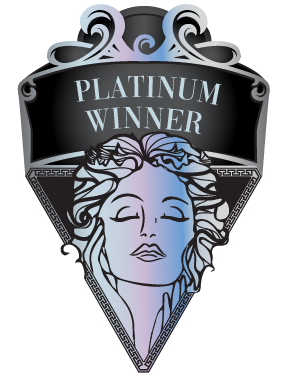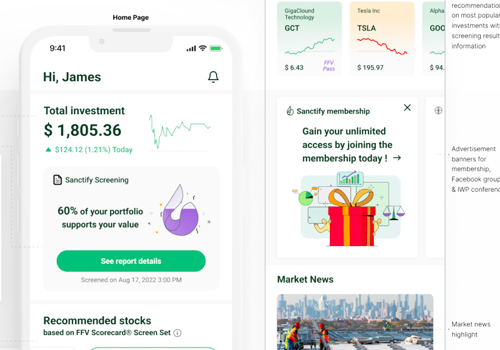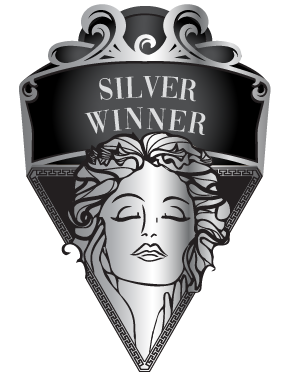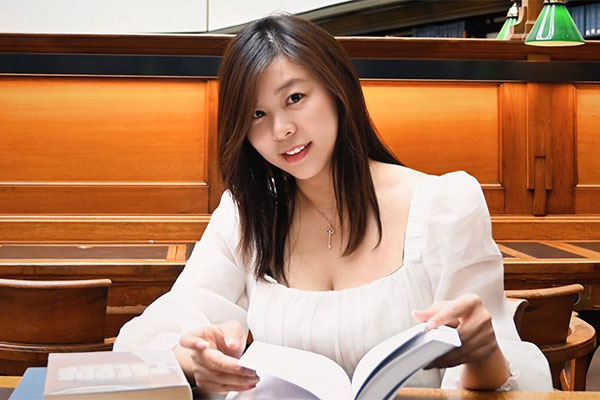
Interview
Junying Chang
1 Please give us a brief bio of yourself and your design background.
I have a decade of professional experience as a UX designer. I played a pivotal role as the founding designer/design manager at TikTok's Silicon Valley office and held a senior designer position at Microsoft. I hold degrees from the University of Michigan and the University of Washington. Throughout my career, I contributed to various AI projects such as Microsoft Copilot and Google Financial AI products. Beyond corporate endeavors, I established the design NPO UXpie in Seattle, offering design lectures and workshops since 2016. I am also the founder of the design agency Upstud.io, earning global recognition, including IF and Reddot awards. This agency assisted companies in North America, Singapore, Japan, and China in expanding their overseas markets. I am also a co-founder of an AI startup called An Universe (https://anuniverse.com/) and has raised 6M dollars funding. Additionally, I share my expertise as a guest lecturer at the University of Michigan and Northeast University. I am also an adjunct instructor at Hong Kong Polytechnic University.
2 What made you become/why did you choose to become a designer/artist?
Originally, my academic focus was architectural design. During my time at the University of Michigan studying this field, I noticed parallels between architectural and UX design. Architectural design delves into understanding user interactions with the physical world, while UX design focuses on digital interactions. Recognizing the potential impact of design on countless lives, especially with advancing technology, I became intrigued by UX design. Subsequently, I pursued a master's degree in HCI+design at the University of Washington, paving the way for my career as a designer.
3 Tell us more about your business/company, job profile, and what you do.
Following the establishment of my own design agency, I've been privileged to collaborate with numerous startups, including Opus Clip and Ark7, to enhance their product user experiences. Additionally, I founded my own AI company, An Universe (AU). AU specializes in creating intelligent avatars utilizing Web3 technology and a proprietary AI personality engine. By harnessing LLM and emotional engines, we craft digital avatars with personality, emotions, and knowledge capabilities. This transforms enterprise-level services into personalized experiences, reducing modeling time from one month to just 5 minutes while also significantly cutting costs.
4 What does “design” mean to you?
Design and art occupy distinct realms. Design serves people, while art primarily reflects self-expression. Crafting a meaningful user experience demands empathy.
5 What’s your favorite kind of design and why?
I have a keen interest in AI product design and SaaS product design, particularly in tackling complex problems. As AI technology advances, it presents us with increasingly intricate challenges that demand closer collaboration with AI engineers. Embracing AI as the future, we welcome the opportunities and challenges it introduces to the design landscape. We firmly believe that AI has the potential to enhance lives across various industries.
6 To you, what makes a “good” design?
In my perspective, the essence of good design lies in its ability to resonate with and serve the needs of its users. It's not merely about the aesthetics or the creative vision of the designer, but rather about how well the design facilitates and enhances the user experience. This philosophy underscores the importance of continuous iteration and user feedback in the design process. By iterating on design solutions, we refine and adapt them based on real-world usage and user feedback. This iterative approach allows us to fine-tune every aspect of the design, ensuring that it aligns seamlessly with user preferences and requirements. Additionally, conducting usability tests provides invaluable insights into how users interact with the design, uncovering pain points, preferences, and areas for improvement. Ultimately, a design can be considered successful if it effectively addresses the needs and challenges of its users. For example, if a design streamlines workflows, simplifies tasks, or reduces cognitive load for users, it can be deemed a success. By prioritizing user-centricity and usability, we can create designs that not only look visually appealing but also function intuitively and meaningfully for their intended audience.
7 Describe your design style and its main characteristics.
In my perspective, the essence of good design lies in its ability to resonate with and serve the needs of its users. It's not merely about the aesthetics or the creative vision of the designer, but rather about how well the design facilitates and enhances the user experience. This philosophy underscores the importance of continuous iteration and user feedback in the design process. By iterating on design solutions, we refine and adapt them based on real-world usage and user feedback. This iterative approach allows us to fine-tune every aspect of the design, ensuring that it aligns seamlessly with user preferences and requirements. Additionally, conducting usability tests provides invaluable insights into how users interact with the design, uncovering pain points, preferences, and areas for improvement. Ultimately, a design can be considered successful if it effectively addresses the needs and challenges of its users. For example, if a design streamlines workflows, simplifies tasks, or reduces cognitive load for users, it can be deemed a success. By prioritizing user-centricity and usability, we can create designs that not only look visually appealing but also function intuitively and meaningfully for their intended audience.
8 Tell us about your design process.
In my design process, I prioritize understanding both the business objectives and the users' needs. Delving into user insights is a fundamental step, particularly in specialized verticals where users may have unique requirements. Collaboration is integral to my approach, and I actively engage with product managers and engineers to ensure alignment across all facets of the project. I believe in presenting multiple design solutions to foster discussion and explore various approaches. Additionally, I value early user feedback, seeking it out before finalizing designs. This proactive approach allows me to incorporate user input and refine designs iteratively, ensuring that the final product meets both user expectations and quality standards before delivery to engineers.
9 Do you think your country and its cultural heritage has an impact on your design process?
In Chinese culture, there's often a strong inclination towards humility and openness to diverse viewpoints. This mindset fuels my eagerness to listen to users and value their feedback. When collaborating with engineers and product managers, I actively seek their critique on my designs. This collaborative approach helps refine and enhance the final product, ensuring it resonates effectively with its intended audience.
10 Congratulations! As the winner of the 2024 MUSE Design Awards, what does it mean to you and your company and team to receive this award distinction?
Being bestowed with the MUSE Design Awards is a significant achievement that fills me with immense pride and gratitude. The Muse award holds a revered place within the industry, symbolizing excellence and innovation in design. Its recognition not only acknowledges the hard work and dedication of my design agency but also highlights the exceptional partnership we share with our esteemed client, Opus Clip. This prestigious accolade serves as a testament to the creativity, ingenuity, and collaborative effort that went into our projects. It signifies more than just a personal triumph; it represents a shared success story that resonates across borders, showcasing our ability to deliver outstanding design solutions that transcend geographical boundaries.
11 Can you explain a bit about the winning work you entered into the 2024 MUSE Design Awards, and why you chose to enter this project?
Opus Clip is a generative AI video repurposing tool that turns your long videos into viral short videos. We use the most advanced AI to analyze and pick the gold nuggets from different parts of your video, and seamlessly rearrange them into viral short clips that stand on their own. This gives design innovation to how users can interact with digital video editing tools to produce short popular videos. I choose this project because it uses the most advanced technology and already helps 4 millions of users.
12 How has winning an Award developed your practice/career?
Being honored with the MUSE award is undeniably a validation of my design expertise. This recognition not only bolsters my individual skill set but also enhances the credibility and prestige of my design agency. With this accolade, clients are inclined to place greater trust in our capabilities, knowing that our work has been acknowledged and celebrated within the industry.
13 What are your top three (3) favorite things about our industry?
1. Our solutions have the potential to positively impact the lives of millions, enriching and enhancing their daily experiences. 2. By engaging in this endeavor, we gain access to cutting-edge technology, enabling us to stay at the forefront of innovation and progress. 3. Collaboration offers us the opportunity to work closely with diverse teams, fostering camaraderie and synergy as we strive towards common goals.
14 What makes your country specifically, unique in the design industry?
I commenced my career in the heart of Silicon Valley, renowned globally for its abundance of tech talent and access to cutting-edge innovations. This dynamic hub provides unparalleled opportunities to immerse oneself in the forefront of technological advancements.
15 Where do you see the evolution of design industry going over the next 5-10 years?
I firmly believe that AI represents the future, heralding both challenges and opportunities for the design industry. While advancements in AI technology may potentially replace certain tasks traditionally performed by visual designers, there's a tremendous opportunity for UX designers to leverage AI to empower products across various sectors. As UX designers, our role involves crafting experiences that seamlessly integrate AI capabilities, enhancing the usability and effectiveness of products in every vertical.
16 If you were a student entering this industry or an aspiring MUSE Design Awards submitter, what advice would you give them?
The design industry is truly remarkable, offering endless possibilities for growth and exploration. It's essential not to confine yourself within narrow boundaries; instead, embrace the opportunity to immerse yourself in all facets of design. By continually expanding your knowledge and skills across various disciplines, you open doors to new opportunities and unlock your full creative potential.
17 What resources would you recommend to someone who wants to improve their skills in the design industry?
Feel free to visit our website, uxpie.com, where you can access a plethora of free resources and join our Slack channel to broaden your network. Consider relocating to vibrant design hubs like Silicon Valley or Seattle to immerse yourself in thriving design communities and gain access to cutting-edge technology. To further hone your skills, focus on refining your projects and seek opportunities to engage with real client projects. This hands-on experience will deepen your understanding of balancing user needs, technical constraints, and business requirements, ultimately enriching your expertise as a designer.
18 Who has inspired you in your life and why?
My designer friends are a constant source of inspiration for me, continually fueling my creative drive. Additionally, I have friends who are entrepreneurs, and their firsthand experiences in founding and running companies provide invaluable insights into the workings of business in the real world. Beyond my professional pursuits, I have a passion for travel, which stems from my background in architectural design. Exploring different countries allows me to immerse myself in diverse cultures and gain fresh perspectives that enrich both my personal and professional life.
19 What is your key to success? Any parting words of wisdom?
I believe that continuous learning from both projects and the people around you is crucial for success. It's important to approach each opportunity with humility and an open mind, allowing yourself to absorb new knowledge and perspectives along the way.
